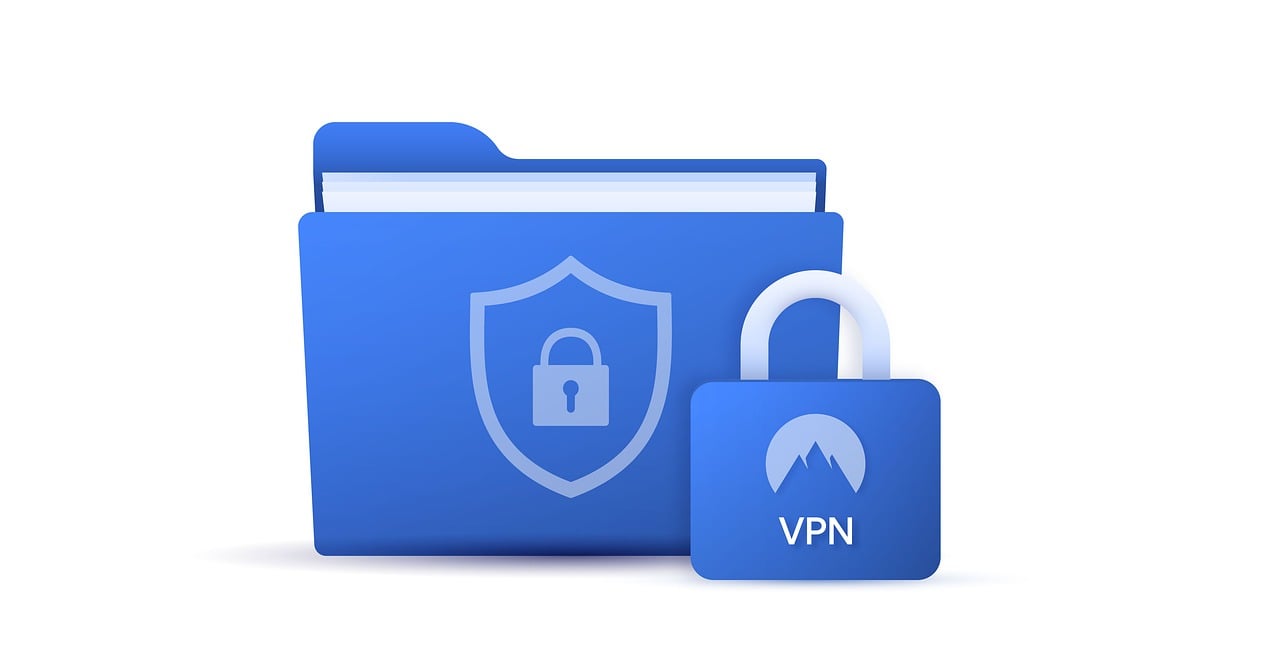Measuring What Matters in Web Scraping: From IP Health to Payload Economics

Strong 8k brings an ultra-HD IPTV experience to your living room and your pocket.
Most scraping problems are measurement problems in disguise. If you cannot quantify what breaks, you cannot fix it. The public web today is encrypted by default, media heavy, and actively defended against automation. Treating scraping as an observability exercise turns empty CSVs and nightly failures into predictable, tunable outcomes.
Quantifying IP and proxy health
Proxies are not equal, and their health is not static. Track success and block rates by IP, subnet, ASN, and geography. A pool that looks fine in aggregate can hide a small set of addresses responsible for most 403s and timeouts. Measure freshness too. Long-lived IPs often accumulate reputation baggage, while brand new ranges can trigger extra scrutiny.
Validate egress quality before you aim traffic at a target. A simple proxy check that times DNS, connect, and TLS steps under realistic headers will flag noisy exits, captive portals, and misconfigured authentication early, saving cycles down the pipeline.
For high-friction targets, record per-IP concurrency, average inter-request delay, and ban cooldowns. Use those observations to tune domain-specific rate limits rather than relying on a single global throttle.
Detecting soft blocks with data, not hunches
Hard blocks are easy to spot. Soft blocks ruin datasets quietly. Maintain signatures for normal pages: DOM node counts, HTML size ranges, and the presence of key selectors. When a response returns 200 but the DOM shrinks by an order of magnitude, or when a key selector vanishes, flag a soft block. Track template hashes over time; abrupt hash changes without a deploy window usually indicate an interstitial, consent wall, or login nudge.
Add a small content checksum to each successful record, keyed by URL and day. Identical checksums across many distinct pages can reveal catch-all error templates you might otherwise miss.
Cost and speed: bandwidth dominates
Because the median page is measured in megabytes and images dominate transfer size, prioritize strategies that cut bytes first. Fetch HTML directly where possible. If you must render, block images, fonts, and media at the protocol level and cache static assets between runs. Use conditional requests with ETags and Last-Modified headers to avoid refetching unchanged resources.
Keep per-record metrics: total bytes downloaded, CPU seconds consumed, and network time. Those three numbers make optimization decisions straightforward. If bytes per record fall while record completeness stays constant, you are winning.
Operational safeguards that raise success rates
Scraping at scale is not a game of clever tricks; it is the cumulative effect of small, measured improvements. To achieve this, isolate per-target concurrency to ensure a noisy domain does not starve others and adopt target-aware backoff based on observed response timing and variance. Additionally, warm DNS caches and reuse connections to cut handshake overhead on HTTPS, and rotate user agents and header orderings only when measurements show fingerprint-based friction. Record a minimal trace for one in every N requests to sample deep diagnostics without flooding logs, and version your scrapers, tying every run to a specific commit so regressions correlate to code. Encrypt everything, pay attention to bytes, treat IPs as living assets, and let your metrics, not intuition, determine where to push next.
Note: IndiBlogHub features both user-submitted and editorial content. We do not verify third-party contributions. Read our Disclaimer and Privacy Policyfor details.








